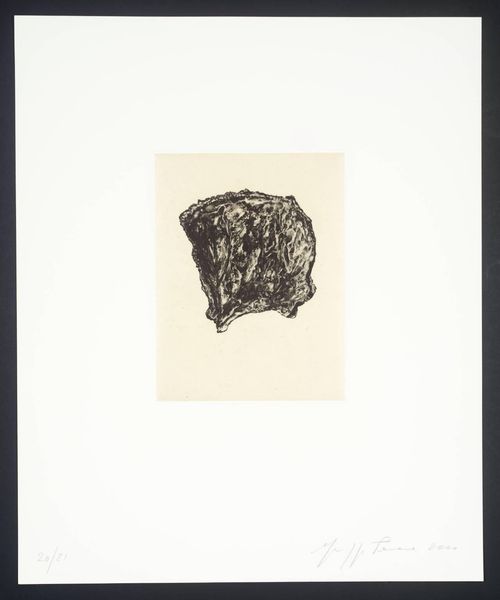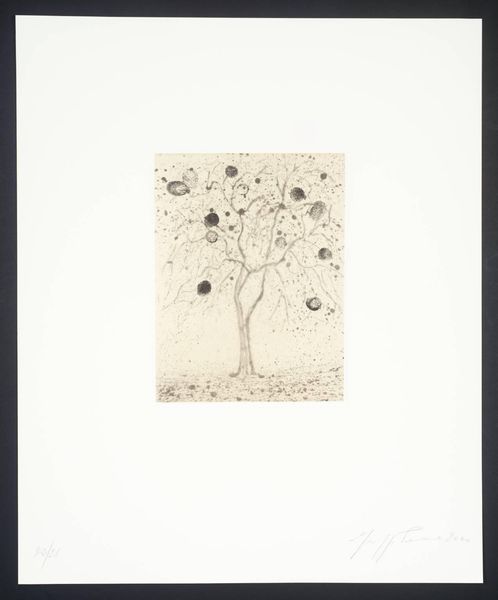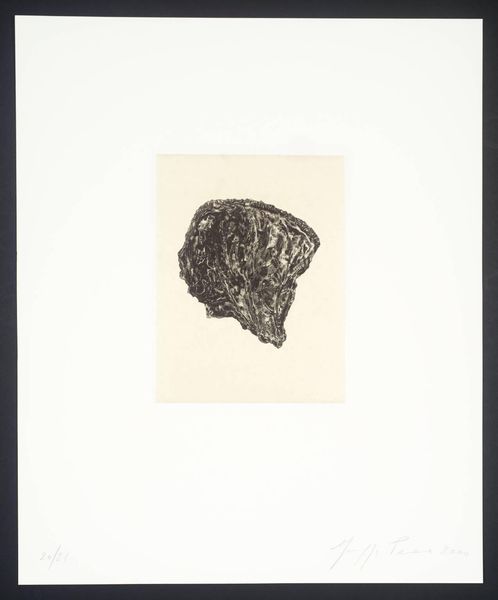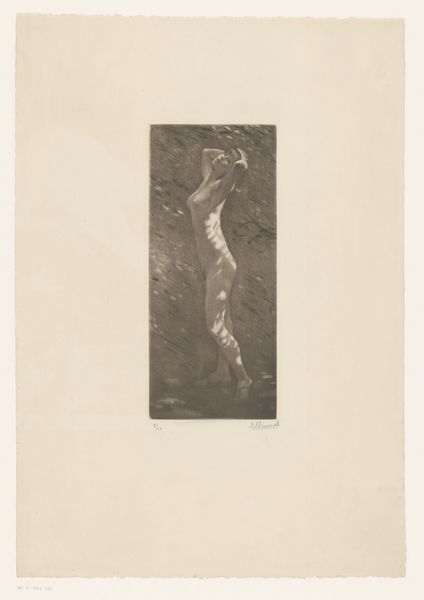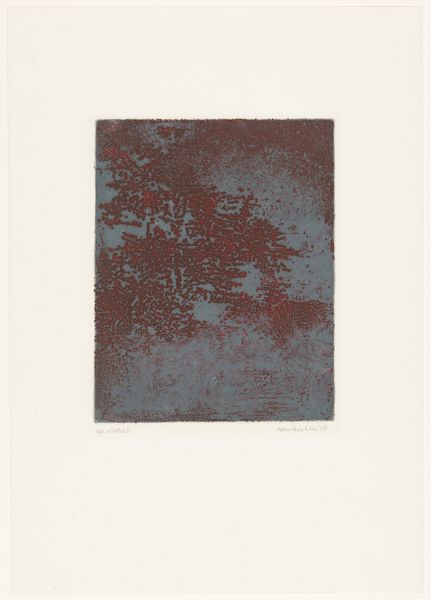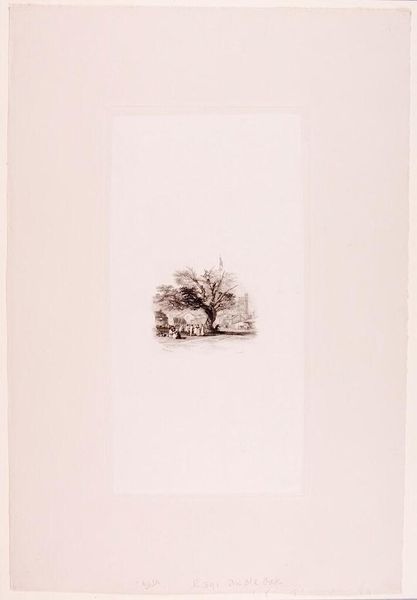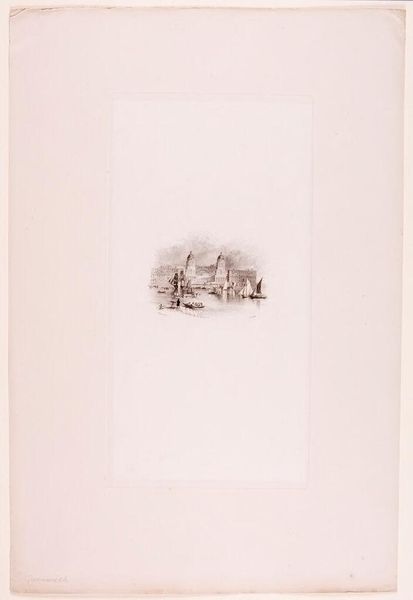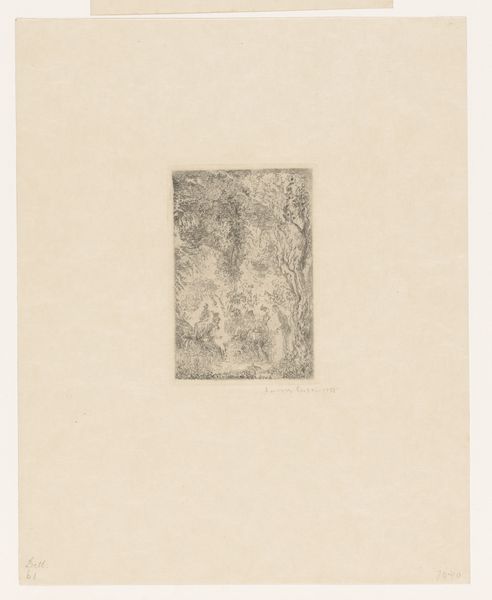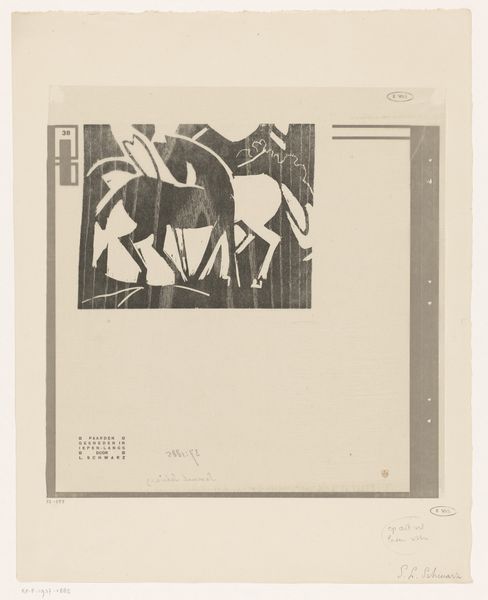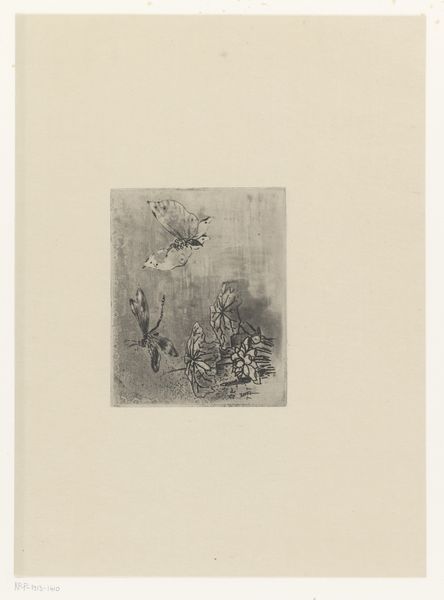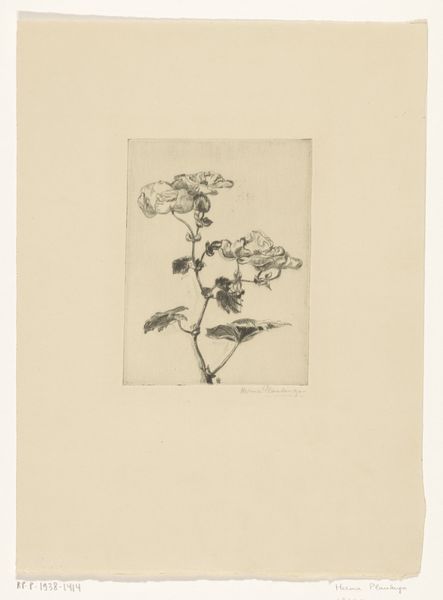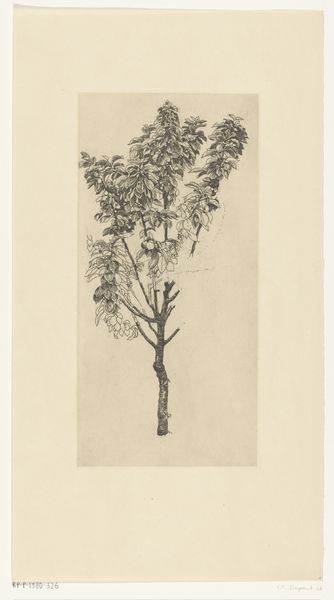![[no title] by Giuseppe Penone](/_next/image?url=https%3A%2F%2Fd2w8kbdekdi1gv.cloudfront.net%2FeyJidWNrZXQiOiAiYXJ0ZXJhLWltYWdlcy1idWNrZXQiLCAia2V5IjogImFydHdvcmtzL2MzZmI0NTEwLTRkNGQtNDFiMS04ZTkwLTk1OWRjOTNjMmNkOS9jM2ZiNDUxMC00ZDRkLTQxYjEtOGU5MC05NTlkYzkzYzJjZDlfZnVsbC5qcGciLCAiZWRpdHMiOiB7InJlc2l6ZSI6IHsid2lkdGgiOiAxOTIwLCAiaGVpZ2h0IjogMTkyMCwgImZpdCI6ICJpbnNpZGUifX19&w=3840&q=75)
Dimensions: image: 192 x 147 mm support: 431 x 355 mm
Copyright: © Archivio Penone | CC-BY-NC-ND 4.0 DEED, Photo: Tate
Curator: This intriguing print is by the Italian artist Giuseppe Penone, part of the Tate Collection. It depicts what appears to be a brain. Editor: Yes, immediately striking, almost visceral in its depiction. The dripping form gives it a sense of decay, or perhaps even… potential. Curator: Penone is a key figure in Arte Povera, a movement that challenged the commercialization of art and society. His work often explores the relationship between humans and nature. This print aligns with that. Editor: Absolutely. The choice of what seems like a simple printmaking technique – perhaps etching or aquatint – emphasizes the raw materiality. The lines, the paper, they bring attention to the means of production. Curator: The brain as a symbol can be read in many ways. It could be a commentary on knowledge, creativity, or perhaps even the societal pressure to conform. Editor: And the drip? Is it losing knowledge, spilling ideas, or returning to the earth, dissolving back into base matter? The process itself, the act of making the print, suggests a layering of thoughts, much like the folds of the brain itself. Curator: Very insightful. It is a piece that invites questions about our place in the world. Editor: Indeed, and reminds us that even the most abstract of ideas are rooted in material processes.
Comments
Join the conversation
Join millions of artists and users on Artera today and experience the ultimate creative platform.
tate 6 months ago
⋮
This is one of a suite of eleven images and twelve pages of text from the portfolio entitled Footsteps on Mulberry Tree Tops. The portfolio was produced in an edition of twenty-one plus four artist’s proofs. Tate’s copy is the twentieth in the edition, the first half of which was published in book form, the second as loose leaves in a box. The images were printed from plates made in the artist’s studio in San Raffaele, Turin by the publisher Jacob Samuel in Santa Monica, California. They were all made using the chin collé technique and a combination of softground etching, spitbite, hardground etching, whiteground aquatint and drypoint.
